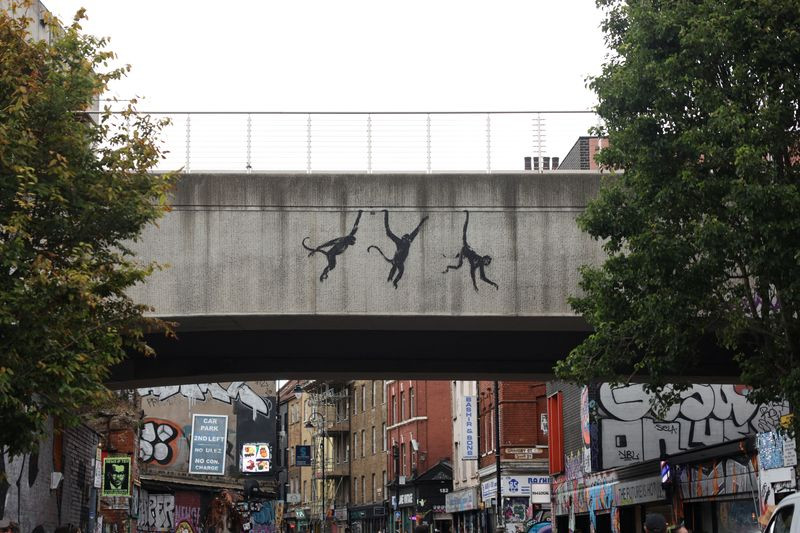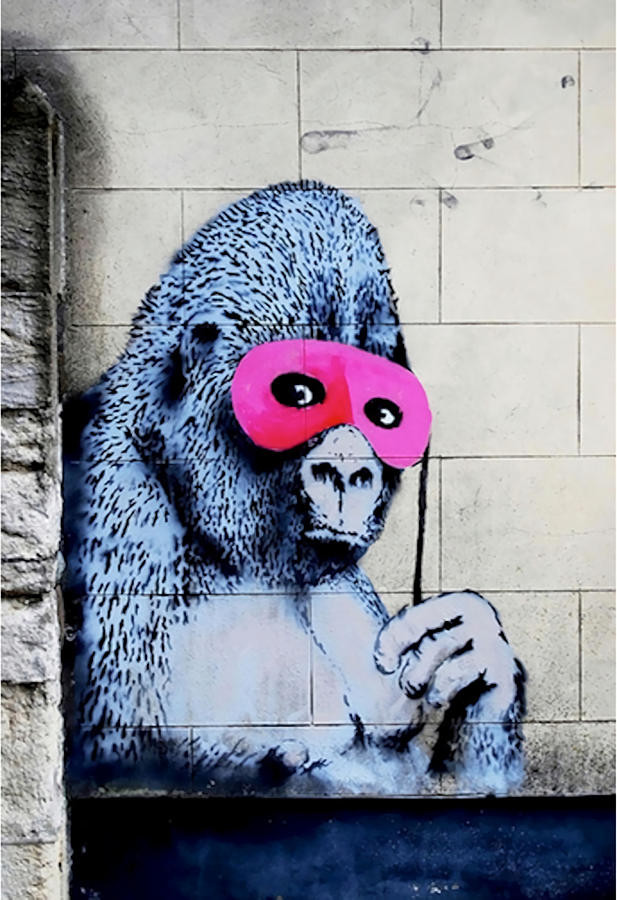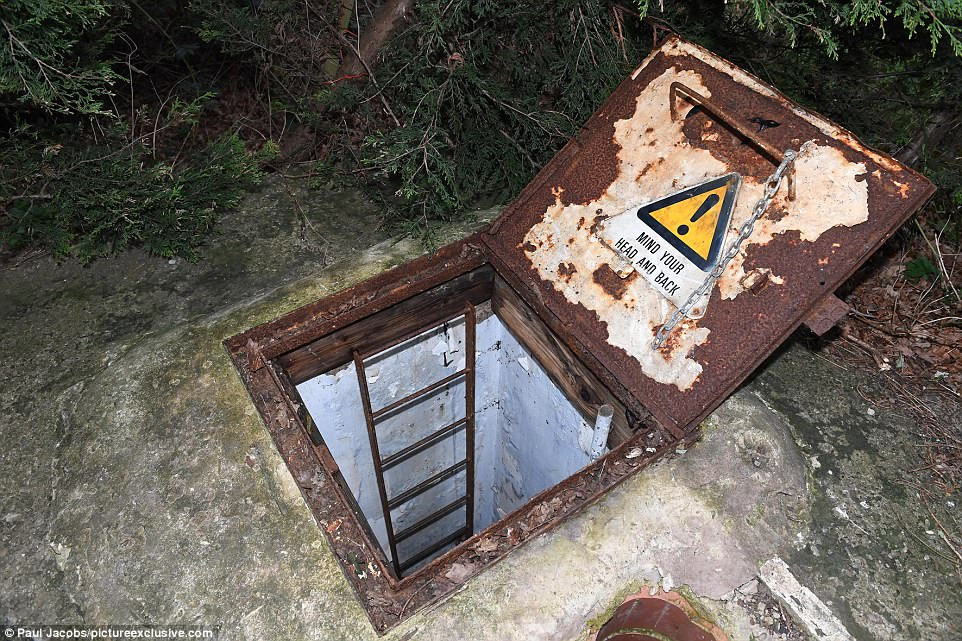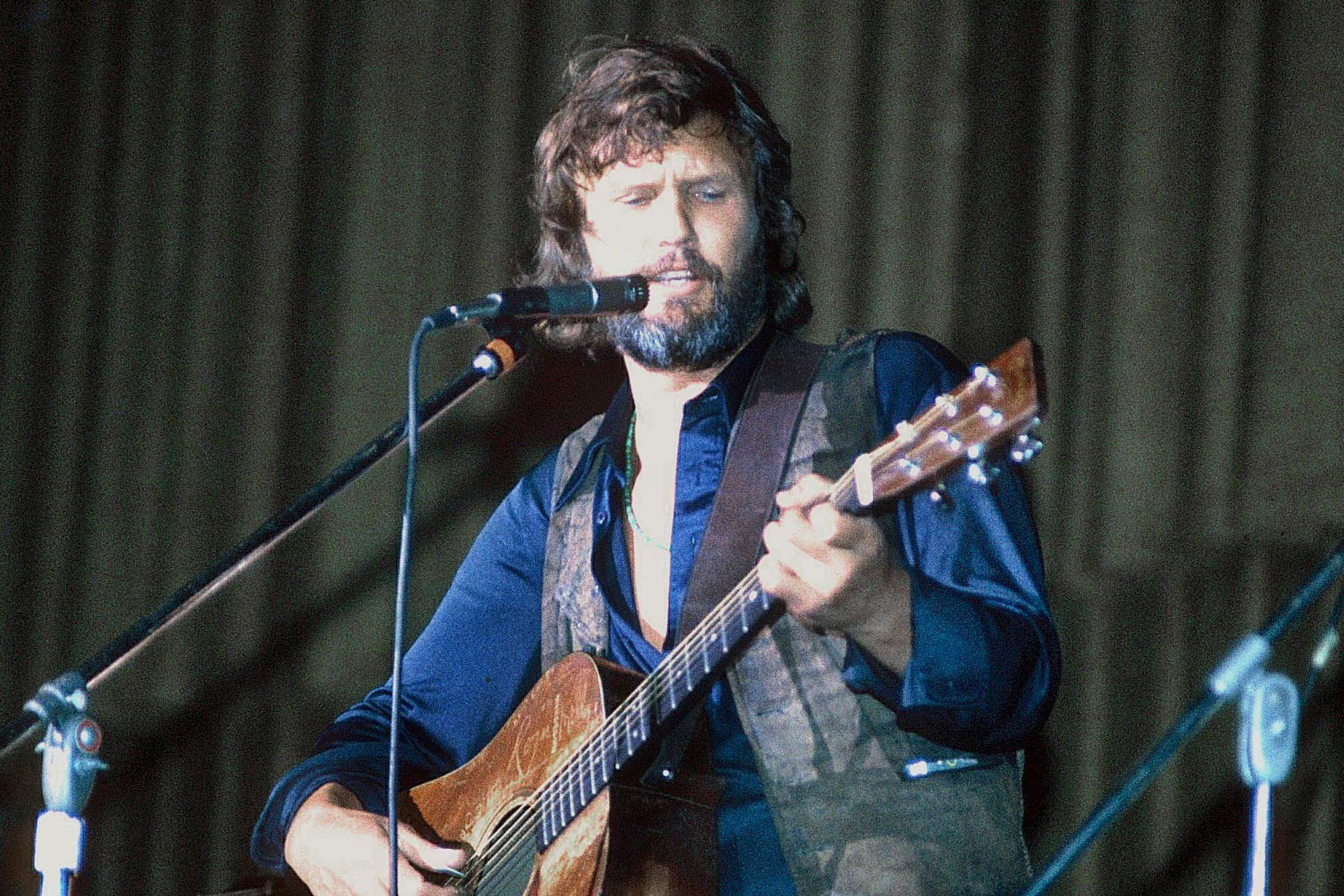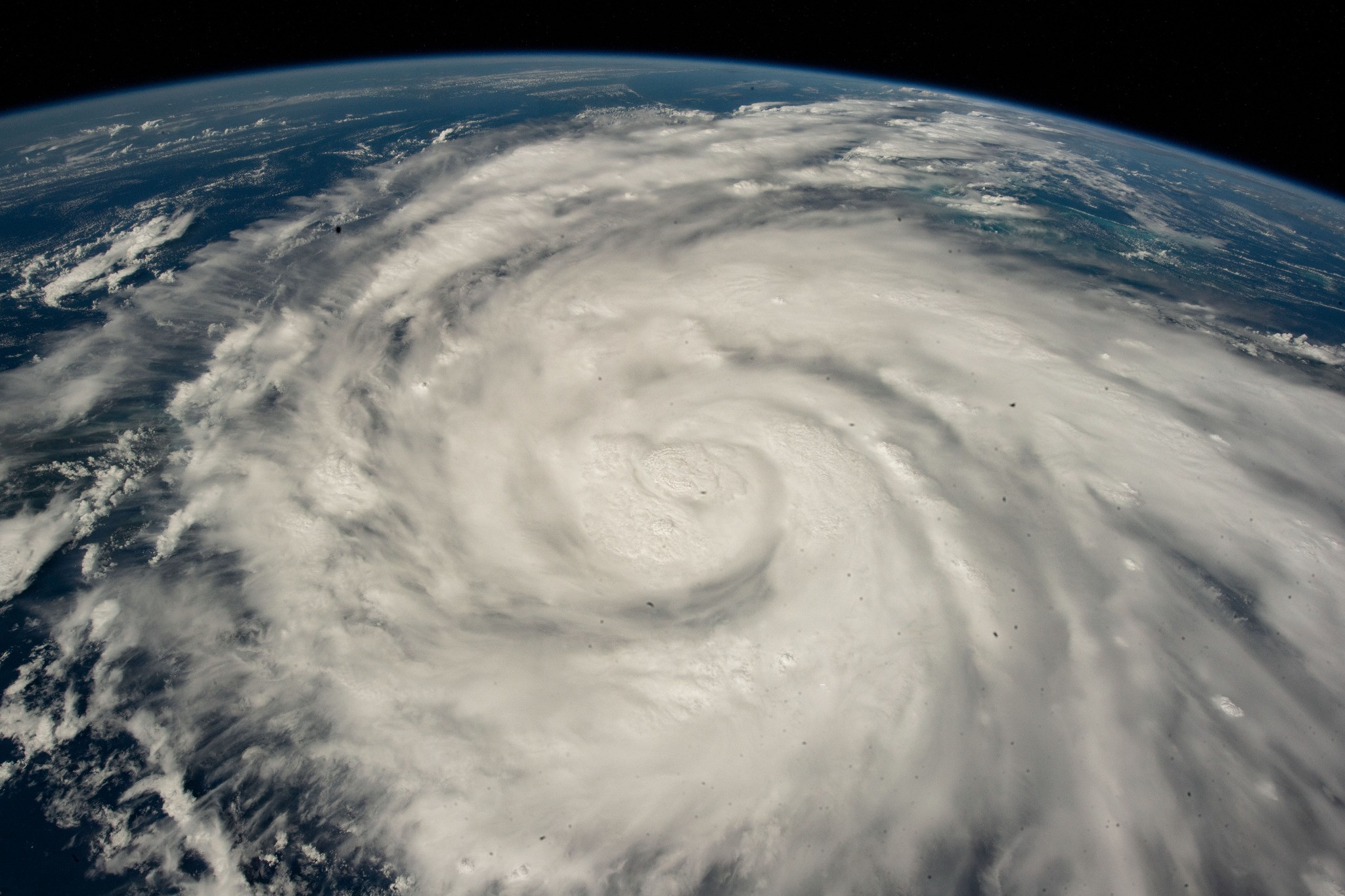This month, stencilled artworks by the street artist Banksy have been defaced, as with his Nissan-trampling rhino, or removed, as with his satellite-dish wolf and hoarding-bound big cat – sometimes just hours after their first public appearances.
While the wolf was either stolen to order or opportunistically taken (and, much like the bronze Barbara Hepworth that was stolen and probably sold for scrap, is now worth many times less than its market value as a result of being formally unsellable), the thievery is not hugely dissimilar to the public removal of Banksy works by the official owners of the sites his pieces appear on. Often cut out of their walls to be sold at auction, you could argue they have been stolen from the public, to whom and where they rightfully belong.
But the erasure of Banksy’s work, in particular because of the art form he uses, is complicated. If you live in an area where there’s graffiti, you’ve probably noticed how it often goes through “cross-out wars”, with one artist superimposing their work over another’s, leaving just enough of the original so it remains clear whom they have supplanted. Banksy’s works have certainly been subjected to this before – as shown by his spat with the sadly now deceased King Robbo.
It’s worth saying that I don’t think the recent removals are mere graffiti beef: they bear the markers of a more opportunistic defacement, having been done in broad daylight and not using a traditional graffiti format. But as an anthropologist who has studied graffiti ethnographically for more than 20 years, I still find the saga riveting.
Graffiti is supposed to naturally decay and die, not be preserved like a work in a gallery. The conservation of these public works by private organisations, as seen in the Banksy pieces trapped behind protective plexiglass, therefore goes against one of the most basic characteristics of graffiti: its being an artefact that should never try to defeat the natural cycle of life and death.
Even more importantly for graffiti writers, public works are public, and should never be bought and sold. Yet the purposeful destruction of other Banksy works by graffiti writers has not been done, as many people have suggested to me, as a mere critique of Banksy’s commercial success.
Banksy’s public works do not reap him any direct financial reward, being sold within the secondary market with no artistic royalties due. It is, instead, the use of the street as a site of economic gain that is the issue for many graffiti writers. Destroying the works prevents them from being monetised.
What would Banksy think of all this? In the world of graffiti, destruction is an accepted and expected part of the game: as soon as a work is completed, the countdown to its eventual erasure begins. Impermanence is fundamental, and as long as the image has been documented (in people’s memory or photographs) the work isregarded as complete. As Banksy comes from a background within the graffiti subculture himself, I’m pretty sure he feels broadly sanguine.
Yet let’s be clear. While the destruction of Banksy works is almost always universally condemned by art lovers and institutional bodies, local councils and heritage organisations today remove graffiti at an irrepressible pace, without anyone making a sound.
The erasure of graffiti is the default mode: in the past, other works by Banksy have been lost in this way, sometimes to the horror of those who have removed them. What is considered art (and therefore appropriate for saving) and what is seen as vandalism (and therefore earmarked for destruction) is a question often tied to financial, rather than aesthetic, value.
With cities around the world increasingly suffocated by advertising, however, why is it that only images with financial value – be they art or adverts – are considered an acceptable part of how our cities look? Graffiti writers are still being imprisoned in the UK for placing pigment on a surface (and almost always a public rather than a private surface), while street artists like Banksy get away with the same acts owing to parochial decisions about what constitutes art. So why, even if we don’t like it, is the right to the city given only to those who can pay for it, or for things people think are worth paying for?
Banksy might well be unbothered – or at least unsurprised – by the destruction of his artwork, seeing as that’s one of the risks inherent to the graffiti game. As for the rest of us, shouldn’t we be more concerned when other artists have their works removed, or are imprisoned for making art? And who, more to the point, is causing the real vandalism of our cities today?
If it comes down to a choice between graffiti writers and corporate advertisers, I know where my aesthetic choices reside.
Rafael Schacter is an anthropologist and curator working on public and global art. His fourth book, Monumental Graffiti, will be published in October
Copyright 2024 The Associated Press. All Rights Reserved.
The Latest Addition to London's Animal-Themed Spectacle
The reason animals have been spotted around London for a week is now clear. Bansky’s ninth surprise artwork shows a gorilla lifting the shutter at ZSL London Zoo so that beasts and birds can escape.
The gorilla, along with the other animals that have appeared in Banksy's recent works, have captured the public's imagination, generating widespread excitement and discussion. The artwork depicts a powerful message about animal liberation and the potential for a more harmonious coexistence between humans and the natural world.
Why the Zoo's Banksy Mural Was Removed
The zoo, which had protected the mural when it was on display behind a see-through plastic shield and guarded by security officers, has not announced what it will do with the work.
Banksy's Latest Series: A Commentary on Human Nature
Banksy, who began his career spray-painting buildings in Bristol, England, has become one of the world’s best-known artists though he has always shielded his identity. His paintings and installations sell for millions of dollars at auction and have drawn thieves and vandals.
The meaning of works by the artist known for making political statements has been widely debated online. The zoo said its mural had sparked thought-provoking conversations from people ranging from a 5-year-old to Banksy buffs. Some suggested it was a play on guerrilla art or a comment on the role of zoos.
A representative for Banksy told the Observer that the series was intended to be uplifting and amusing during tough times.
Jasper Tordoff, the Banksy expert at MyArtBroker, told The Associated Press that he liked the idea that the final mural in the series may have been the revelation that all those other animals — elephants, a goat, monkeys and pelicans — seen around London had come from the zoo.
But he also said the artist, well aware of the attention any of his works receives, may have been anticipating public reaction that went beyond simple appreciation.
“He might also be making a comment on our human nature to desire to own things, even if that means breaking the law,” Tordoff said. “But then also in quite a nice way to also try and look after these pieces and preserve them.”
The Unpredictability of Banksy: A Lasting Legacy
Banksy's latest series has not only captivated the attention of Londoners but has also sparked conversations about the nature of street art, the art market, and the role of artists in society.
The zoo mural is at least the fifth in the animal series to be either stolen, defaced or moved to a secure place for protection. A howling wolf painted on a satellite dish to look like it’s silhouetted against a full moon was taken by masked men hours after the artist confirmed it was his work by posting photos of it on his Instagram page. A rundown old billboard that featured a big cat stretching out was removed by a crew as onlookers jeered them. A rhinoceros painted on a brick wall that appeared to be mounting a broken-down Nissan parked on the sidewalk was tagged with graffiti and the car was taken away. A small police guard post that had a circling school of piranhas painted on its windows so it looked like a fish tank was removed by the City of London. A spokesperson said it would eventually be placed where it can be viewed by the public.
While the fleeting nature of Banksy's work might make it seem like a whimsical endeavor, it's clear that his art has a profound impact on the way we view our cities and the world around us. Banksy's continued success in using his art to provoke, inspire, and challenge our assumptions ensures that his legacy will continue to shape the art world for years to come.




